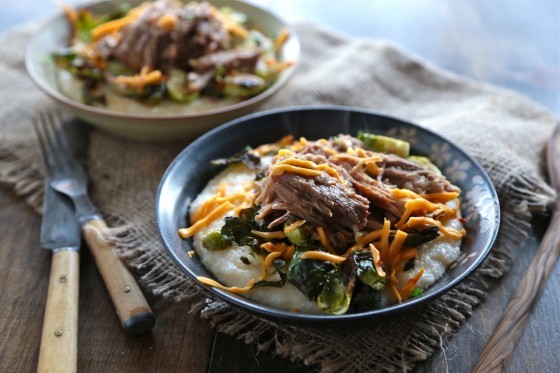Qui, who grew up in Houston, arrived in Austin in 2003, just as that perfect combination of low rents, a youthful population, and grown-up capital from an emerging tech industry was laying the foundation for a wave of upstart, chef-driven restaurants. That was year one in the history of New Austin Dining, when Tyson Cole opened his pioneering Uchi, where Qui started his career. At the same time, the city was gaining buzz and international prestige from South by Southwest and its ever-expanding spin-off events. And of course Austin’s rep for livability hasn’t hurt either. Where once it was a challenge to find staff willing to move here, Qui says, now Austin is “no longer a field assignment” and attracts kitchen talent from all over, much as its music scene draws players. And they’re prepared to put down roots.
It also helps that Austin is no longer a proverbial island in the sea of Texas: “in it, but not of it,” as the old line held. Culturally and politically that can feel like the case, but agriculturally and culinarily, it’s a different story. Austin chefs are relying more and more on regional farms and foodstuffs, forging new collabora- tions with small-scale Texan farmers. Because of that back-and-forth, “there’s been a vast improvement in the quality of ingredients,” says Bryce Gilmore, chef- proprietor of two Austin standouts, Barley Swine and Odd Duck. “The farmers are listening to us, and they’re more open to trying new crops and techniques.” Making the most of that bounty, Gilmore and several of his col- leagues are advancing a new, proudly Texan cuisine.
At the year-old Dai Due, owner Jesse Griffiths, who grew up in Denton, relies on ingredients sourced (most- ly) within a 30-mile radius. “I wanted to explore what would happen if we ate within our own resources,” says the full-bearded, redheaded chef, who looks like Paul Giamatti starring in a ZZ Top biopic. Other regions have sprouted their own foodways; why not this one? “If central Texas had a truly regional cuisine,” he asks, “what would that look like?” In Griffiths’s iteration, it would look like elk tartare and rillettes of venison, mesquite-grilled sourdough with tangerine-infused lard, a 50-ounce rib eye fired over peach or mesquite wood, prickly-pear sorbet, and an all-Texan wine list. (Highlight: a delicate Aglianico from Duchman Winery in Driftwood.) Griffiths, an avid hunter and fisherman, does his part as well. During my visit a whole feral pig—felled by the chef—flew by on the meat trolley that runs over the bar. It was bound for the knife of head butcher Julia Poplawsky, who broke it down in record time.
Lenoir is the next destination
[nextpagelink][/nextpagelink]







